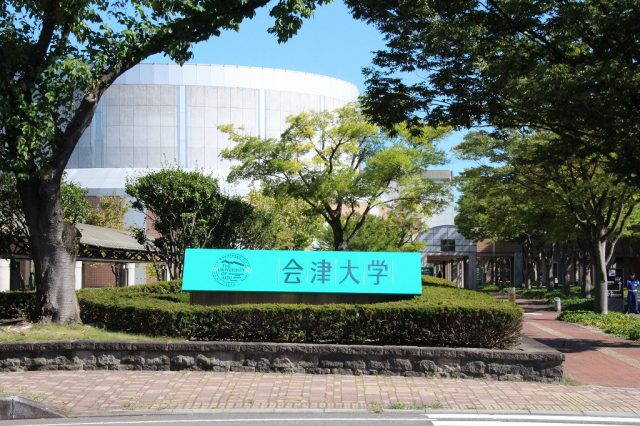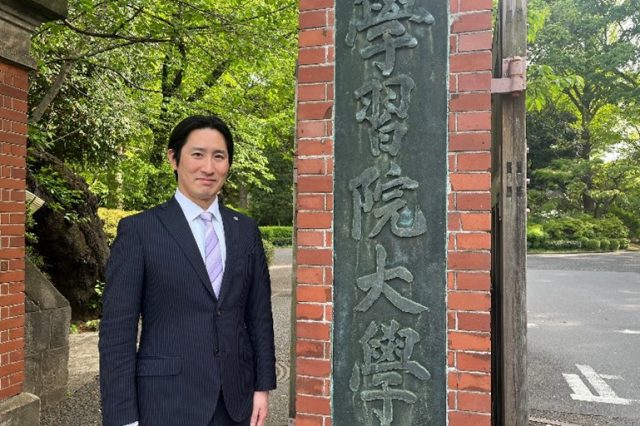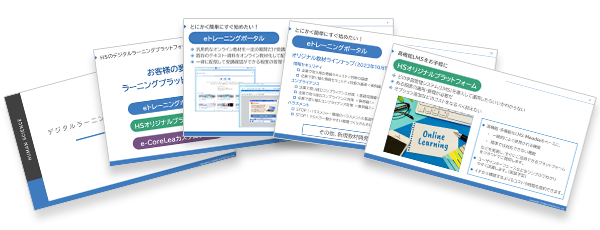Creating IT literacy educational videos from scratch for a DX society. Supporting knowledge enhancement for a wide range of learners.

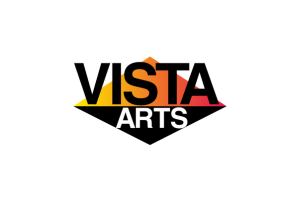
Jikei Gakuen Group Co., Ltd. International Education Center VISTA ARTS
Network Technology Services Department Technology Services Section
Mr. Hisashi Honma
Mr. Yuki Takada
- Material Creation
- Employee Training Planning and Design
- Improvements
- : Material Creation
Customer Requests
――HS: Could you tell us about the background of the video production project you requested this time?
Mr. Honma: The Jikei Gakuen Group has been working on IT literacy education to cultivate basic skills for students and faculty in handling IT and data. Until now, we have primarily organized educational content in booklets, and we have also introduced video materials to complement these booklets.
However, since the outbreak of the COVID-19 pandemic, the way we learn and work has changed. In such an environment, we thought that a learning method centered on video materials, which can provide a flexible learning environment, would be more effective than traditional educational methods. By utilizing videos, we believe that learning can be visually clearer and more effective for a larger number of people.
Reasons for Choosing Human Science - A Flexible Approach While Understanding the Intent of Production
――HS: I see. May I ask about the background of your request to Human Science?Mr. Takada: I learned about your company at the exhibition.
I was aware of several companies that could handle content production, but we had no experience in content creation and our concept was not clearly defined. Among them, the flexibility to understand our intentions was very appealing. With other companies, while they excelled in system development, it was difficult to get their cooperation for content production.
Additionally, this project had the theme of "DX (Digital Transformation)," but the understanding of DX varies from company to company, and honestly, it was a bit challenging to find a company that had a system in place to accept this new approach.
Mr. Honma: Looking at previous cases, it became clear that initiatives related to DX literacy are being conducted across various industries and sectors. In particular, there are many seminars aimed at general companies. However, since the content we provide is for students and faculty of the Jikei Gakuen Group, the target audience ranges from students who are not well-versed in IT to instructors and staff who already have knowledge. Therefore, if the content is too simple, it feels unsatisfactory, and conversely, if it is too difficult, it can cause confusion. Thus, I was hoping to work with a company that could respond flexibly.
――HS: So you evaluated the flexibility of the system and the content provided, and that’s why you reached out to us.
――HS: Now, please tell us about the target audience for the content. What is the scale and content for the participants?
Mr. Takada: Initially, we started with a focus on students, but now the content is aimed at everyone involved with the Jikei Gakuen Group.
Jikei Gakuen operates higher education institutions, including vocational schools and professional universities. We cover a wide range of educational fields, providing specialized education in areas such as healthcare, entertainment for aspiring dancers, and animal-related fields.
This includes not only the students of the Jikei Gakuen Group but also the staff working there and the instructors who come to teach.
――HS: It seems that all students are participating. While it targets a wide audience, how was the division of roles in content production?
Mr. Takada: Our department is the Network Technology Services Department. Our main tasks involve managing and operating ICT solutions and equipment for schools, and we are not a specialized content production department. We started from scratch with video production. What we were responsible for was clarifying the difference between IT literacy and DX, and how to proceed with the content.
――HS: I think there were some challenges starting from scratch, but could you tell us about the specific difficulties you faced?
Mr. Takada: The most difficult part was that the term DX was still not widely understood at that time. We started by trying to understand "What is DX?" and then thought about how to create educational content based on that.
Mr. Honma: That's right. The term DX is abstract, and I was unsure about what to provide as educational content. Nevertheless, with your company's support, we were ultimately able to distill it into concrete content.
Mr. Takada: Thanks to your support, we were able to shape the optimal content we were looking for.
――HS: I'm glad we could help.
Mr. Takada: Yes, thank you very much.
Video Production Process
――HS: Thank you. The number of videos delivered is approximately 30, but I believe the number of videos was not decided from the beginning. How were the number and direction determined?Mr. Takada: In reality, the initial discussions were centered around one or two video conferences, and the rest were mainly through email exchanges. The people we worked with really understood what we wanted to achieve, which was a great help.
When we expressed, "We want to create something like this," we started from scratch, and they understood that we were not familiar with video production, and we were trying to create very challenging DX-related content as beginners.
Nevertheless, they were able to draw out the optimal content we were seeking in great detail.
At first, neither the number nor the direction was established, and while reading books related to DX, we began to identify what we wanted to convey to students.
After that, we organized the chapters and listed what to teach, which ultimately led to the decision of 30 videos.
Mr. Honma: It was not about the number of videos, but rather, as we considered the content that should be conveyed to students, it resulted in the necessary content being 30 videos.
――HS: I see, so you proceeded while organizing the necessary and unnecessary information.
Mr. Honma: Yes, for example, we identified each piece of information that we needed to know to avoid problems later, and as a result, it naturally came together into 30 items.
Mr. Takada: That's right. I remember that initially there were a few more items, but we finalized it by cutting some and adding new ones.
――HS: In fact, what kind of difficulties did you face regarding storyboards and supervision in video production?
Mr. Honma: We reviewed the storyboard provided by your company within the project team and performed the tasks of pointing out and making corrections with the supervisor several times.
Mr. Takada: I provided a reference IT literacy video, and basically, I left the rest to your company.
Mr. Honma: I trusted your company's capabilities, and you actually delivered wonderful results. In fact, our team was mainly composed of three people, so it was really helpful that you could respond quickly to our requests.
It was truly appreciated that what we said came back to us just as we expressed it.
Mr. Takada: Thank you very much for your support.
――HS: I have heard from the team members on site that there were times when they struggled while progressing together with you. However, while actually producing, we were really enjoying it, and I think ideas naturally came up during that process. When we proposed those ideas and received the green light, it was very gratifying, and I believe that was a part of the enjoyable progress.
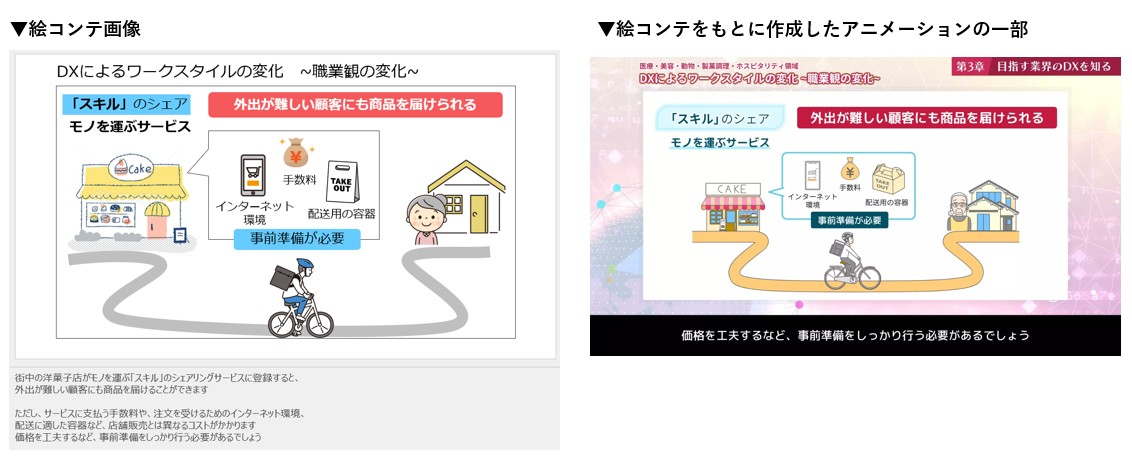
Customer Feedback from Clients
―HS: So, how was the response to the video? Did you receive any feedback from the participants?
Mr. Honma: In fact, I received feedback from students and staff about "watching at double speed". Initially, I was thinking of making the video shorter, but recently I realized that there is an increasing trend of watching at double speed, which was a new insight.
Listening to the feedback I received, I felt, "I see." At first, I thought I should make it short to avoid boredom, but I realized that there is a perspective that considers this in today's era. Discussions about the time efficiency generation and Generation Z often come up on TV, but I learned that if it's too short, it can have the opposite effect.
Next time, I felt the need to come up with content that is engaging even if it's short. I also had staff and instructors watch it, and while some were knowledgeable, others were not familiar with the content, so I aimed for something that resonates with everyone. Each person may resonate differently, but overall, I think it resulted in a good outcome.
―HS: You can feel the changes of the times. I feel that content that can elevate everyone to the same level is very helpful as content diversifies.
Mr. Takada: One reason we made this into a video is to avoid increasing the burden on teachers. Teachers working in schools are busy, so we decided to provide it in the form of a video to avoid putting pressure on their work.
This video can be viewed by students on their own, and it can also be watched as a class using a projector, for example, during homeroom. Jikei Gakuen is a group with a large number of schools and covers a wide range of industries. Therefore, it is difficult to give uniform instructions like "please do this" for specific classes. That is why we chose video to allow for flexible responses for each school.
―HS: During the progress of the project, could you please let us know if there were any challenges or areas for improvement on our part?
Mr. Takada: It's difficult to say there were challenges, but there was one point that confused me.
Regarding the "storyboard," I have encountered the anime industry and video production industry in my work, and I have also seen student works. However, when I first saw it, it was different from what I had imagined. I had envisioned a format similar to a four-panel comic, but in reality, it was set up with animation timing in PowerPoint. I have also been involved in video production at events, but it took me some time to get used to it at first.
―HS: It was a different format from the typical storyboards for dramas or reenactment videos. The storyboards for our learning materials take a unique format, but especially during the production of reenactment dramas, we sometimes use storyboards that specify timing in detail.
Mr. Takada: We were also beginners, so there were parts that were hard to visualize at first, but in the end, it turned out as I had imagined, so there were no issues.
―HS: When you saw the storyboard, it might have been difficult to visualize the final video.
Mr. Takada: Yes. However, since the animations were incorporated in PowerPoint, it was easy to see and understand.
―HS: Thank you.
Future Prospects
――HS: What are your thoughts on the future development and improvement of the videos?Mr. Takada: We are upgrading the IT literacy content every year, so we plan to change the video content in the future as well. We will continue to improve while incorporating new information each year.
――HS: Since this is a continuously evolving field, it is important to keep the content updated with the latest information.
Mr. Honma: Yes, the actual number of views for the videos has reached about 45,000, and I feel that it is reaching students and staff.
――HS: That is a wonderful achievement. How long has it been since the release?
Mr. Honma: The release started in April 2024, and there was a sharp increase in views after September. It seems that many students watched it after September due to the summer break.
――HS: I see, the number of views increased during the time when students are most focused on watching.
Mr. Honma: I am relieved that we were able to release it successfully.
Mr. Takada: Indeed, I am really relieved that we could release it. Thank you very much.















